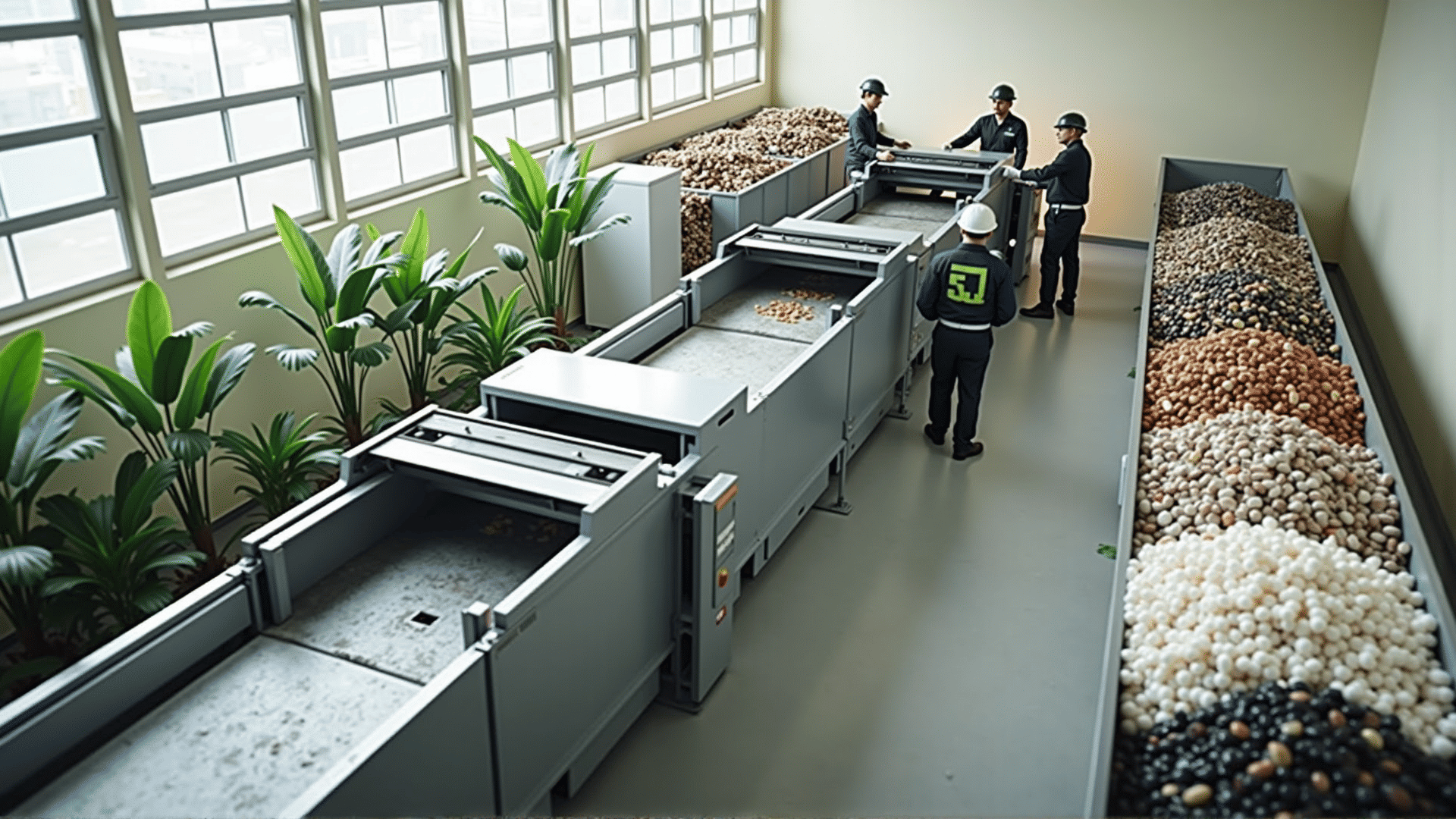Innovative recycling methods are revolutionizing how we manage waste, transforming discarded materials into valuable resources and promoting sustainability in our daily routines. These cutting-edge techniques are not only reducing landfill overflow but also supporting a more circular approach to resource management.
One of the most promising developments in this area is the advent of chemical recycling. Unlike traditional mechanical methods, which often degrade the quality of recycled materials, chemical processes break down plastics into their basic components. This enables the production of new, high-quality materials without the loss of integrity, making it possible to recycle on an almost infinite loop. Companies are investing heavily in these technologies, recognizing their potential to dramatically reduce plastic pollution.
In addition to plastics, organic waste is also being transformed through innovative processes. Advanced composting techniques, including aerobic digestion, are turning food scraps into nutrient-rich soil amendments much faster than traditional composting methods. These processes not only decrease the amount of organic waste sent to landfill but also enrich soil health, supporting sustainable agricultural practices.
Another exciting development is the use of artificial intelligence in waste sorting. Sophisticated machine learning algorithms and robotic systems are now employed to increase the efficiency and accuracy of sorting waste materials. This technology helps ensure that more materials are correctly identified and directed towards appropriate recycling streams, minimizing contamination and increasing the overall efficacy of recycling facilities.
Metals, too, are benefiting from novel recycling approaches. Electrochemical processes and biotechnological methods are being developed to refine and recover precious metals from electronic waste. This reduces the dependence on mining raw materials and breathes new life into resources once considered waste.
Innovations in textiles present another frontier for recycling. New methods are emerging that can break down and regenerate fibers from old clothing, allowing them to be rewoven into new garments. This not only reduces textile waste but also curtails the demand for virgin materials, significantly reducing the environmental impact of the fashion industry.
Education and community involvement also play a crucial role in the success of these recycling innovations. By fostering a deeper understanding of sustainable practices and making recycling systems more accessible, communities can encourage widespread adoption and participation.
Overall, these innovative recycling techniques are making significant strides towards a more sustainable future. By continuing to develop and support these technologies, we can transform the way we view waste, considering it not as a problem, but as an opportunity for renewed resources and environmental stewardship.
